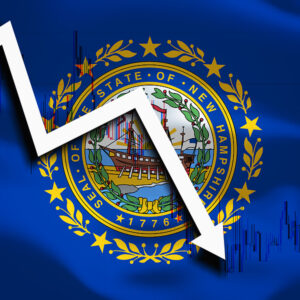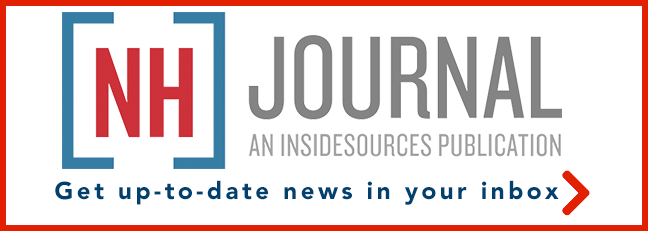The latest report card on America’s public education system was released Wednesday, and the numbers are disastrous. Test scores are still below pre-COVID levels, even as taxpayer spending on schools has soared.
According to the National Assessment of Educational Progress (NAEP) results, test scores that had already fallen between 2019 and 2022 fell even further last year. Eighth graders had their worst performance in history.
“I don’t know how many different ways you can say these results are bad, but they’re bad,” Dan Goldhaber, an education researcher at the American Institutes for Research and the University of Washington, told The Washington Post. “I don’t think this is the canary in the coal mine. This is a flock of dead birds in the coal mine.”
And while New Hampshire ranks near the top in the nation on school performance, it’s suffering the same overall trend.
Education Commissioner Frank Edelblut highlighted the good news.
“New Hampshire students have managed, for the most part, to turn the corner and stop the slide, and are putting their education back on track since the COVID-19 pandemic,” Edelblut said in a statement. “Students in the Granite State are outperforming students in many other New England states and showing greater achievements compared to the national average.”
But compared to the performance of Granite State students a decade — and hundreds of millions of dollars in new spending — ago, the numbers are disappointing.
NAEP tests carry a maximum 500-point score. New Hampshire eighth grade math students, for example, averaged a score of 280 points according to 2024 test results — above the national average of 272 points but below the state’s peak of 295 points achieved in 2013.

Granite State students who completed NAEP’s most recent fourth grade math test averaged 242 points, more than the national average of 237 points but less than scores from 2013 that broke 250 points. Fourth grade readers in 2024 averaged 221 points — higher than the national 214-point average but below 2013 scores averaging over 230 points.
The same trend held up for eighth grade New Hampshire readers who registered average scores of 264 points (seven points higher than the national average) but well below scores averaging in the 270s routinely achieved about a decade ago.

During this same period, Granite State taxpayers have poured millions into new K-12 education spending. Average per-pupil spending crossed the $20,000 bar statewide, and some districts are spending more than $30,000 per student. But student performance continues to lag.
“Although New Hampshire students continue to shine, we know there is always more work to be done to continue advancing learning for children statewide,” said Edelblut.
Peggy Carr, commissioner of the National Center for Education Statistics, tried to put a positive spin in New Hampshire’s numbers as well.
“New Hampshire stands out because it is scoring above the national average in both grades and subjects, and higher than most other states,” she said in a statement. “And the Granite State’s NAEP results are also encouraging as it has not experienced the pervasive declines in reading that we’ve seen in the last two years.”
Carr’s assessment regarding national trends was not as rosy.
“The news is not good,” Carr told reporters on Tuesday, according to a report by ChalkBeat. “Student achievement has not returned to pre-pandemic levels, reading scores continue to decline, and our lowest performing students are reading at historically low levels.”
Meanwhile, data gathered by Georgetown University shows just how far New Hampshire education spending and education results have diverged over the past decade.

The NAEP report card was released during “School Choice Week,” and supporters of parental choice argue that this data shows why students should be allowed to escape their local schools.
Also on Wednesday, President Donald Trump signed an executive order declaring, “It is the policy of my Administration to support parents in choosing and directing the upbringing and education of their children.”
The order instructs the federal secretary of education to “issue guidance regarding how States can use Federal formula funds to support K-12 educational choice initiatives.”





